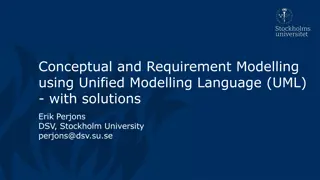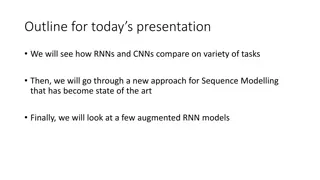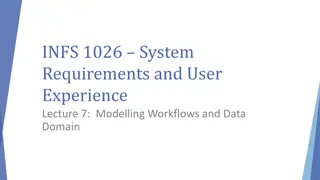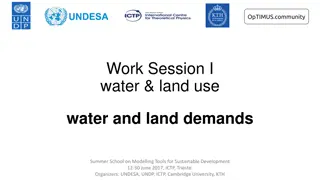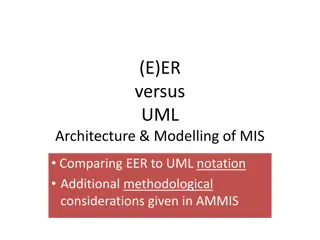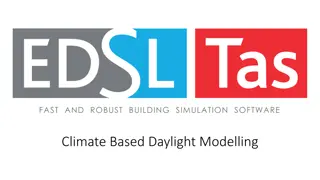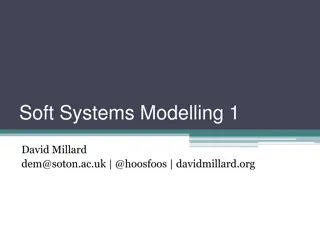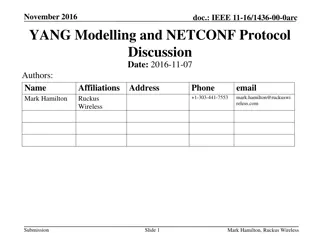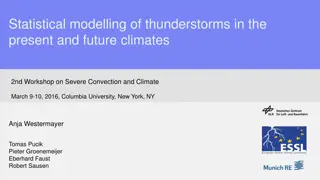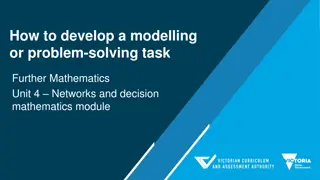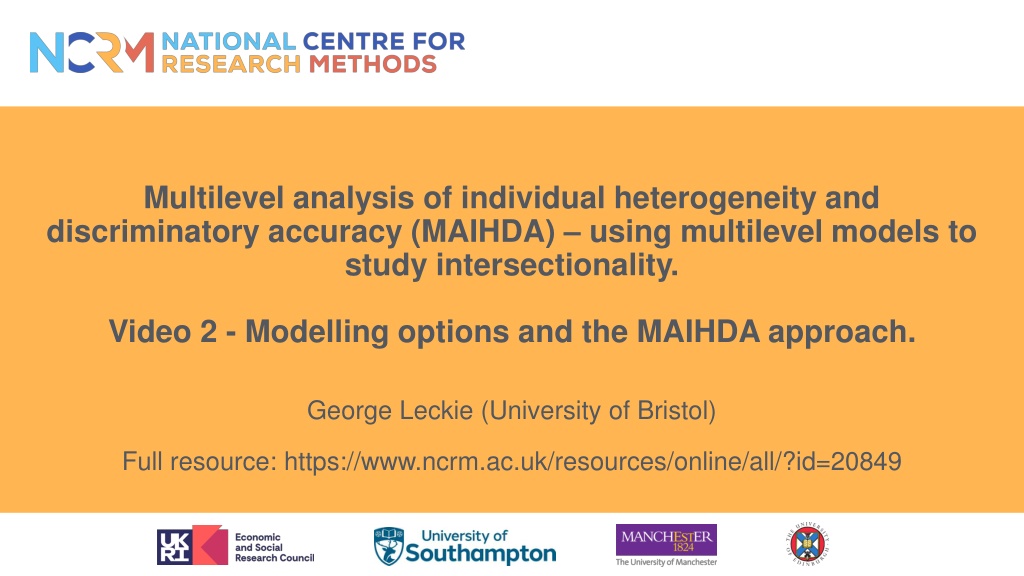
Understanding Intersectionality in Multilevel Analysis
Learn how to model intersectional inequalities and understand the complexities of intersectionality in multilevel analysis using different modelling options. Explore the concept of intersectional strata and its significance in studying individual heterogeneity and discriminatory accuracy.
Download Presentation

Please find below an Image/Link to download the presentation.
The content on the website is provided AS IS for your information and personal use only. It may not be sold, licensed, or shared on other websites without obtaining consent from the author. If you encounter any issues during the download, it is possible that the publisher has removed the file from their server.
You are allowed to download the files provided on this website for personal or commercial use, subject to the condition that they are used lawfully. All files are the property of their respective owners.
The content on the website is provided AS IS for your information and personal use only. It may not be sold, licensed, or shared on other websites without obtaining consent from the author.
E N D
Presentation Transcript
Multilevel analysis of individual heterogeneity and discriminatory accuracy (MAIHDA) using multilevel models to study intersectionality. Video 2 - Modelling options and the MAIHDA approach. George Leckie (University of Bristol) Full resource: https://www.ncrm.ac.uk/resources/online/all/?id=20849
How to model intersectional inequalities Individuals are defined by a complex combination of identities And difference/inequalities are produced across those complex combinations of identities How could we model this? Option 1: main effects in standard regression model Health = B0 + B1*Male + B2*MinoritisedEthnic + B3*Age + e This will tell us the effects of each separate characteristic, but these are assumed to be the same for everyone. It won t tell us the combined effect of multiple characteristics
What is intersectionality Understanding the ways that different dimensions of inequality compound themselves (Kimberley Crenshaw) Eg Race and Sex
How to model intersectional inequalities Option 2: add in some interactions Health = B0 + B1*Male + B2*MinoritisedEthnic + B3*Age + B4*Male*MinoritisedEthnic + B5*Male*Age + B6*MinoritisedEthnic*Age + B7*Male*MinoritisedEthnic*Age + e This model is now very complicated! (eg how to interpret what B5 means) Risk that interpretation focuses on interactions over inequalities It s also very much at risk of multiple testing issues Usually in this approach we would choose (say) 1 theoretically informed interaction, rather than the saturated approach above ie: Health = B0 + B1*Male + B2*MinoritisedEthnic + B3*Age + B4*Male*MinoritisedEthnic
Back to intersectionality Option 3: Think of intersectional strata as a level in a multilevel model Ie: individuals are nested in their intersectional strata Intersectional strata 2) ??~?(0,?? 1 ????? ??= ?0+ (??+ ???) ???~?(0,??2) Individuals So: 1: create our intersectional strata ie a unique id for each combination of our intersectional identities 2: use these as our level 2 identifiers in a null/empty model But at present are these differences produced by just adding intersectional inequalities together, or through interactions/multiplicative differences?
Back to intersectionality Option 3: Think of intersectional strata as a level in a multilevel model Ie: individuals are nested in their intersectional strata Intersectional strata 1 ????? ??= ?0+ (??+ ???) Individuals 2 ????? ??= ?0+ ?1???? + ?2?? ?2?+ ?3?? ?3? + ?4?????? + ?5?????+ ?6???????+ ?7?????? + (??+ ???) We can run two models one an empty / null model, and one with main effects for our intersectional variables and see what changes between them We d expect the variance of u to reduce but how much? Amount of variance remaining = multiplicative. 2) ??~?(0,?? ???~?(0,??2)
This is MAIHDA Can answer these sorts of questions: How much do our intersectional strata matter? Or How big are inequalities between strata? This is the VPC from model 1 Before and after controlling for main effects so are inequalities additive only, or also multiplicative? We can calculate the PCV the proportion of variance accounted for by the main effects Which strata are the most advantaged/disadvantaged? Which strata deviate most from what would be expected given their (universal) main effects? These questions are in many ways well suited to an intersectional lens
This is MAIHDA In R just like any other multilevel model (once we ve created our strata-level variable) Model1 <- lmer(Health ~ 1 + (1|strata), data=df) Model2 <- lmer(Health ~ 1 + Sex + Ethnicity + Education + (1|strata), data=df) And similarly in Stata mixed HbA1c || stratum:, reml mixed HbA1c i.sex i.ethnicity i.education || stratum:, reml
Why not just use loads of dummy variables (FE approach) We could but turns out this is equivalent to option 2 above! No shrinkage estimates may be unreliably estimated (particularly for small intersectional strata) Greater risk of multiple testing (no shrinkage) Bell et al 2019 Harder to separate additive and multiplicative



